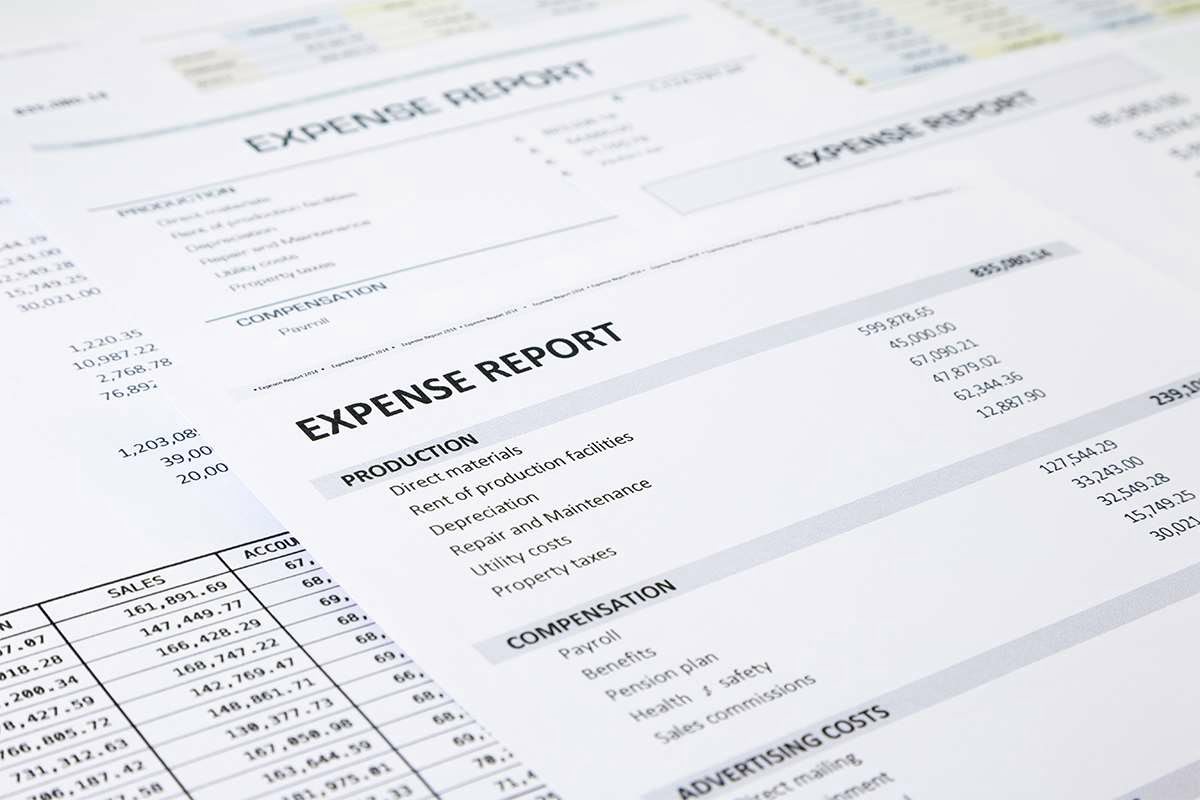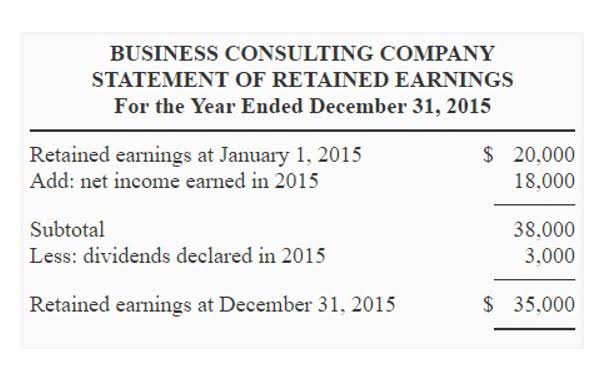
To calculate equity on a balance sheet, the first step is to identify and quantify the company’s total assets. Increasing liabilities generally has a negative impact on equity. As liabilities increase, the value of the company’s obligations or debts increases, which reduces the value of shareholders’ ownership stake in the company. This can lead to lower profitability and potentially lower dividends for shareholders. Firstly, it serves as a measure of the company’s financial health and stability.

How to calculate total equity?
- The shareholder’s equity is dependent on the total equity of the company.
- This calculation provides stakeholders with an understanding of the value that shareholders hold in the company.
- It may make it difficult for the company to secure financing, attract investors, or develop new business opportunities.
- It can be used to determine the profitability of a company or to determine an investor’s stake of ownership.
- Firstly, it serves as a measure of the company’s financial health and stability.
This showcases how an increase in assets can impact equity. Increasing assets generally has a positive impact on equity. As assets increase, the value of the company increases, which increases the value of shareholders’ ownership stake in the company. This can lead to higher profitability and potentially higher dividends for shareholders.
- The equity Formula states that the total value of the company’s equity is equal to the sum of the total assets minus the total liabilities.
- Treasury stock has to be subtracted from the sum obtained to get total equity.
- Additionally, retaining earnings and reinvesting in the business can help strengthen your equity position over time.
- The higher the equity, the more the company is owned by its investors, rather than being burdened by debt.
- The balance sheet will provide the necessary information about assets and liabilities.
- Incorrectly classifying assets or liabilities can lead to errors in calculating equity.
You are now leaving the Capital One website
Dividends are paid out in cash, so the company’s cash account would go down by $10,000. Because Anne’s mom’s stock is preferred stock, she gets first dibs on the dividend. She’s entitled to $5,000 of the dividend, leaving Anne and Alex to split the rest.
- Conversely, if a company repays its debt, it may decrease its liabilities, which could increase its equity.
- It is crucial to accurately categorize assets and liabilities as current or non-current and to include all relevant items in the balance sheet.
- Learn how to build, read, and use financial statements for your business so you can make more informed decisions.
- In order to assess how large the gap is between the market value and book value of a company’s equity, analysts will often use the Price-to-Book (P/B) ratio.
- Increasing assets generally has a positive impact on equity.
Understanding the Balance Sheet
It represents the real value of one’s stake in an investment. Shareholders of a company are typically interested in the net sales company’s shareholder’s equity, which is represented by their shares. The shareholder’s equity is dependent on the total equity of the company. Thus, a shareholder concerned for his earnings will also be concerned for the company.
In short, equity measures the net worth of Accounts Receivable Outsourcing a company or leftover after deducting all the liabilities value from the value of the assets. As such, it is a common financial metric which is used by most of the analysts to assess the financial health of a company. Equity is a common financial term used in business operations, investing and more. This balance can be used to determine the profitability of a company or to determine an investor’s stake of ownership. Payments of dividendPaying dividend that exceeds the company’s profits or retained earnings can negatively affect shareholders’ equity. Large dividend payments combined with financial losses in the successive periods will also show a negative balance of the shareholders’ equity.

Start a small business
For example, if a company takes on additional debt, it may increase its liabilities, which could decrease its equity. Conversely, if a company repays its debt, what is the formula for determining equity it may decrease its liabilities, which could increase its equity. Equity is the difference between an investor’s or business’s assets and liabilities.

Company name vs Trading name: what’s the difference?
One common mistake when calculating equity is to confuse revenue with equity. Revenue represents the company’s sales or income, while equity reflects the ownership interest in the company. It is important to differentiate between these two concepts and understand their distinct roles in a company’s financial statements. The equity equation is important because it provides a clear and concise way to determine the value of a company’s equity. It helps in assessing the financial condition of a company and provides insights into its financial performance.

Additionally, negative equity can erode shareholder value and increase the risk of bankruptcy or insolvency. Financial analysts are typically concerned with the market value of equity, which is the current price or fair value they believe shares of the business are worth. In nature, equity represents the company’s investors’ combined ownership stake. The higher the equity, the more the company is owned by its investors, rather than being burdened by debt.
Formula to Calculate Total Equity of a Company
By understanding the equity equation, stakeholders can make informed decisions about investing in or doing business with a company. The total equity of $1.7 million represents the value left for shareholders if the company were to liquidate today. Liquidation means selling all of the company’s assets and paying off its liabilities. After all debts are paid, $1.7 million would be distributed among the shareholders. Over leverageBorrowing a considerable amount of money to cover the losses can make the company over-leveraged. This big pile-up of debt will appear as a liability in the company’s balance sheet and result in negative shareholders’ equity.
